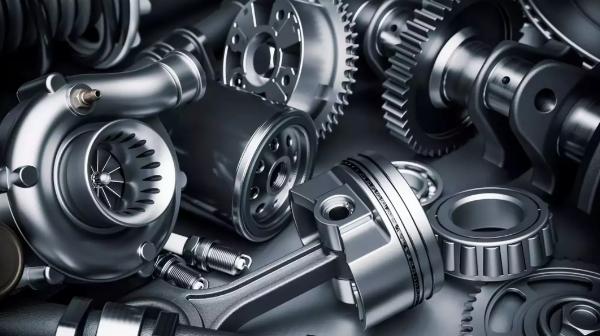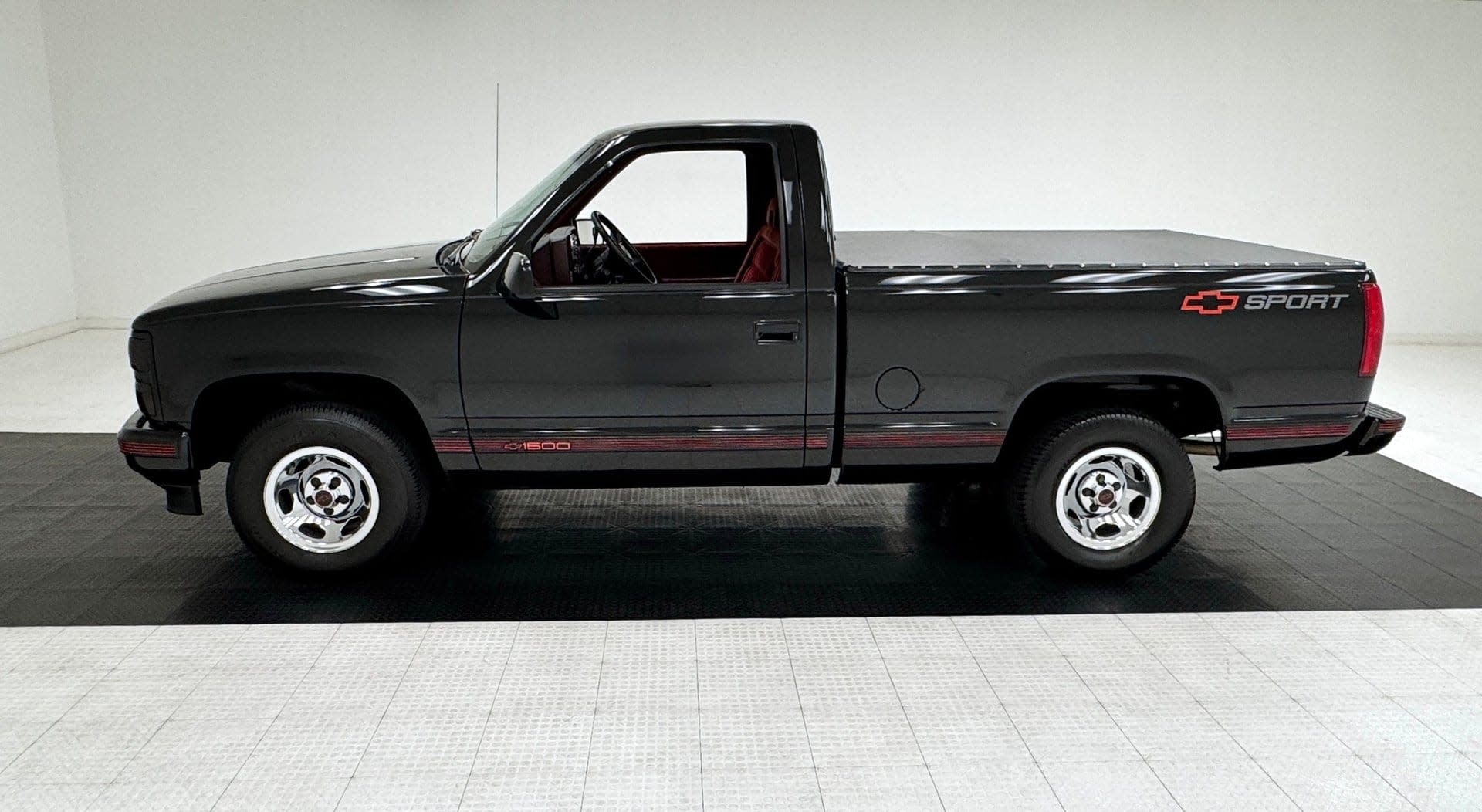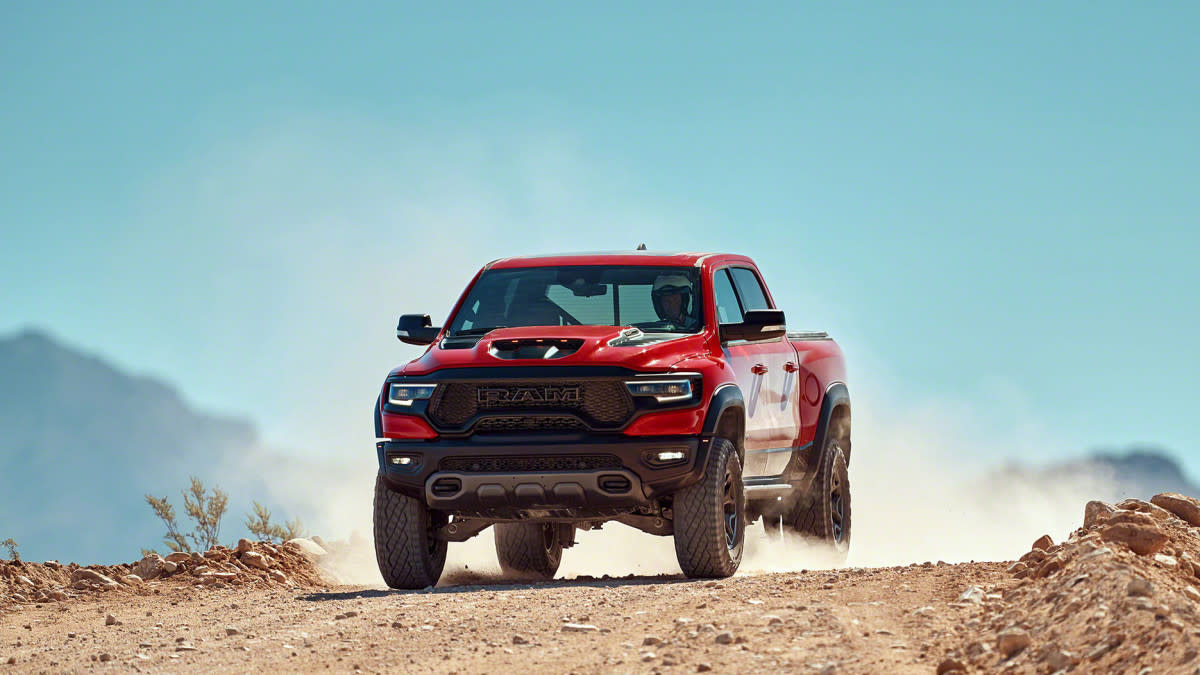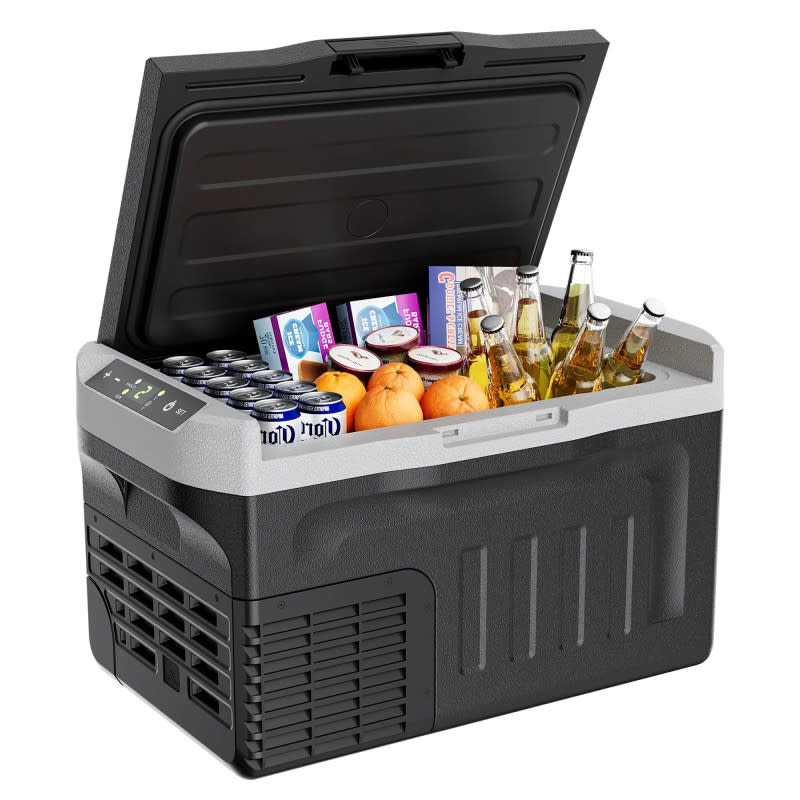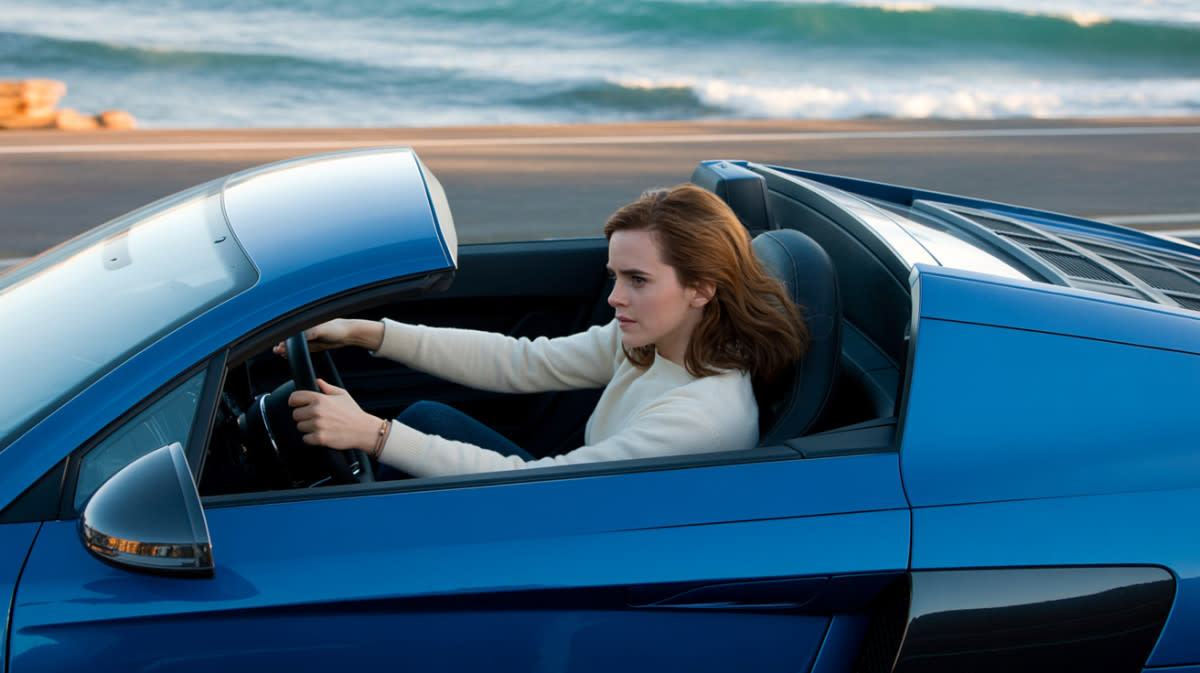When Innovation Isn't Enough: The Rise and Fall of Ambitious Car Startups
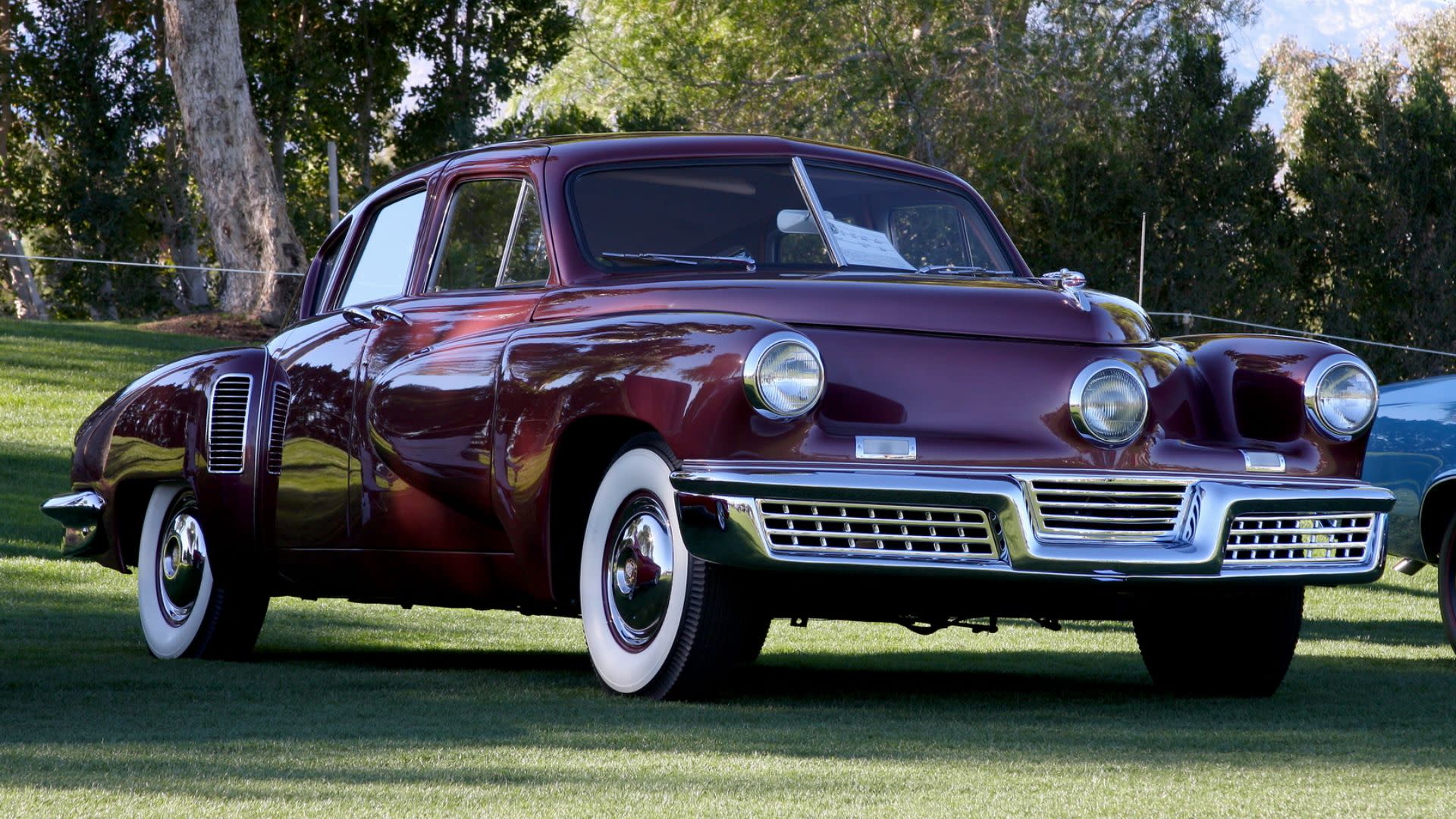
Read the full story on Modern Car Collector
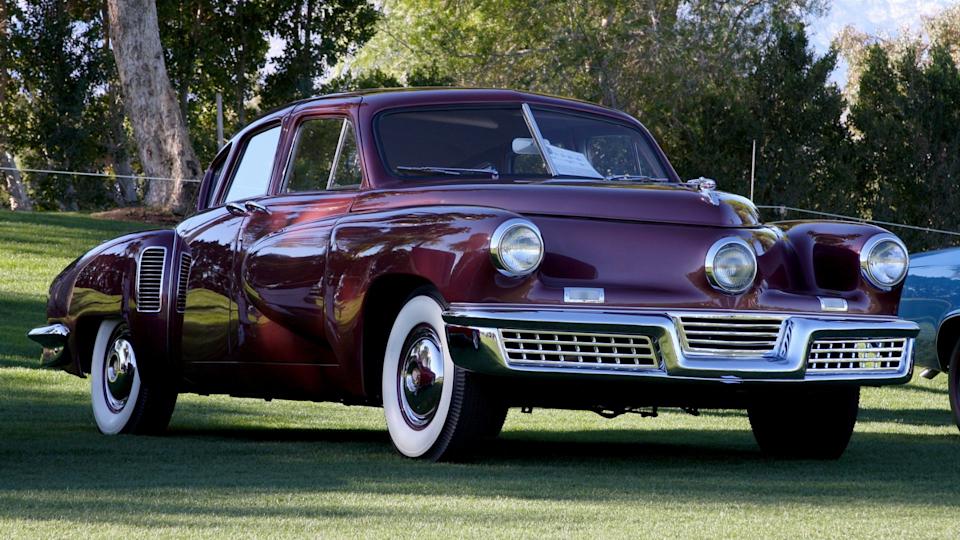 When Innovation Isn't Enough: The Rise and Fall of Ambitious Car Startups
When Innovation Isn't Enough: The Rise and Fall of Ambitious Car StartupsIn the ever-evolving world of automotive innovation, not every revolutionary idea results in lasting success. History is paved with the stories of carmakers who dared to break the mold—only to break the bank instead. Among the most iconic are Tucker, DeLorean, and Fisker—three visionary brands that introduced game-changing designs, but ultimately collapsed under the weight of financial and logistical pressures.
Tucker: Ahead of Its Time, Behind on SupportPreston Tucker’s dream materialized in the form of the Tucker 48, also known as the Torpedo. Launched in 1948, the sleek sedan boasted features years ahead of its time: a rear-mounted engine, pop-out safety windshield, disc brakes, and the now-legendary “Cyclops Eye”—a third headlight that turned with the steering wheel. Despite producing only 51 vehicles, Tucker captured national attention.
But with innovation came controversy. The company quickly came under scrutiny from the Securities and Exchange Commission (SEC) amid accusations of stock fraud. While Tucker was eventually acquitted, the legal battle drained resources and investor confidence, dooming the company.
DeLorean: Hollywood Fame, Financial FizzleThe DMC-12 was as bold in appearance as its creator, John Z. DeLorean, was in ambition. Unpainted stainless-steel body panels and gull-wing doors made the car look like it had driven straight out of the future—and in Back to the Future, it did. However, behind the scenes, DMC was battling production delays, quality issues, and mounting debts. The final blow came in 1982 when DeLorean was arrested in a high-profile drug trafficking sting. Though later acquitted, the damage was done. Only about 9,000 DeLoreans were ever produced.
Fisker: A Green Dream Goes DarkDecades later, Fisker Automotive attempted to carve out a niche in the luxury electric vehicle market. The Fisker Karma, a sleek plug-in hybrid, promised a green future wrapped in designer aesthetics. But the dream faded fast. Battery supplier issues, recalls, and financial instability plagued the company. Production stopped in 2012, and by 2013, Fisker filed for bankruptcy, having delivered fewer than 2,500 cars.
Lessons from the PastWhat these cautionary tales have in common is not a lack of vision, but a lack of infrastructure, funding, and market readiness. They highlight how even the most brilliant innovations can fall short without strong business foundations and sustainable growth plans.
As the modern auto industry continues to shift toward electrification and autonomy, startups are still entering the fray. But the ghosts of Tucker, DeLorean, and Fisker serve as a stark reminder: being first isn’t enough—you also have to finish the race.
Follow us on Facebook and Twitter
Innovative ideas that lack strategic execution or proper market fit can be a recipe for disaster, as seen in the rise and fall of ambitious car startups—a cautionary tale reminding us innovation alone is not enough.






